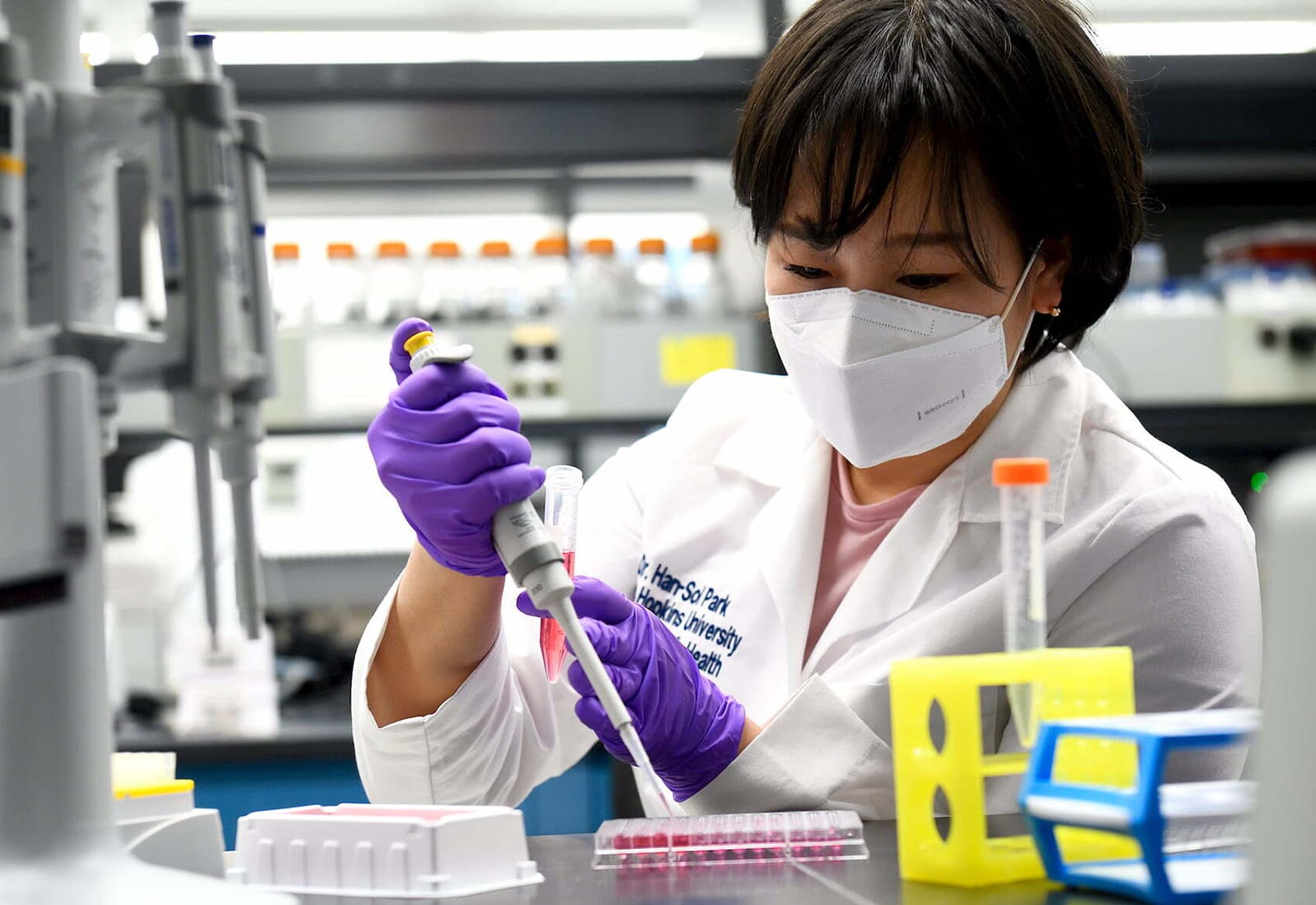Reinforcing Public Health Systems in African and Low- and Middle-Income Countries Around the World
Bloomberg Philanthropies supported African and low- and middle-income countries around the world. Many of these countries’ health systems were poorly equipped to manage outbreaks of COVID-19.
Together with our partners Vital Strategies, the World Health Organization, and the Stavros Niarchos Foundation, we supported these at-risk countries with grants and other immediate measures to help prevent and slow the spread of COVID-19. Our work with Vital Strategies supported rapid-response funds for governments to hire staff and buy equipment; training for frontline health care workers on infection prevention and control; support for governments’ risk communications and community engagement efforts; and more.

Bloomberg Philanthropies also committed $10 million to support the International Rescue Committee’s efforts to mitigate the pandemic’s impact on refugee populations around the globe.
In addition, Bloomberg Philanthropies initiatives such as Partnership for Healthy Cities and Data for Health have expanded to support their networks of cities with COVID-19 response efforts. For example, Data for Health — which helps countries collect birth, death, and other data to improve public health outcomes — is providing direct COVID-19 assistance in several partner countries and leading webinars on a range of topics related to COVID-19 death data.

Top photo: For the PPE training, trainees in Addis Ababa, Ethiopia were drawn from different health professional associations and health facilities to be taught proper PPE use. Photo credit: Resolve to Save Lives